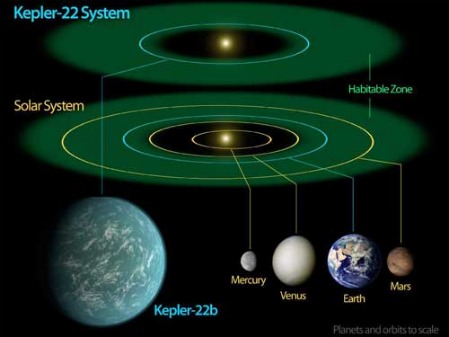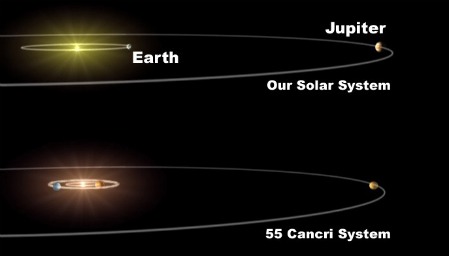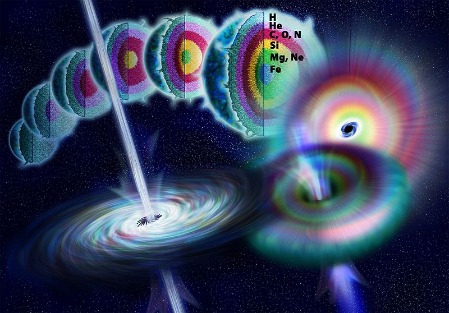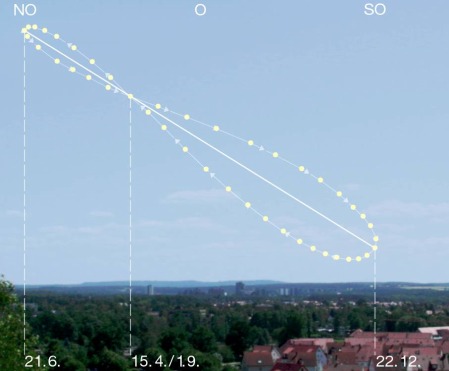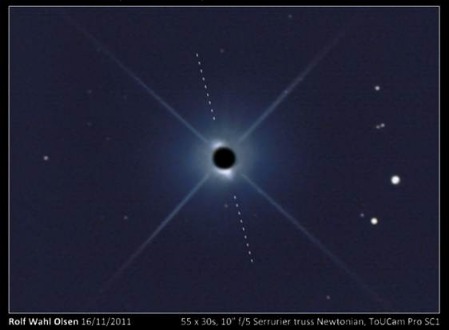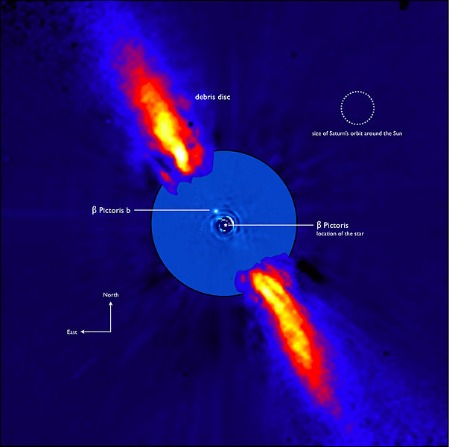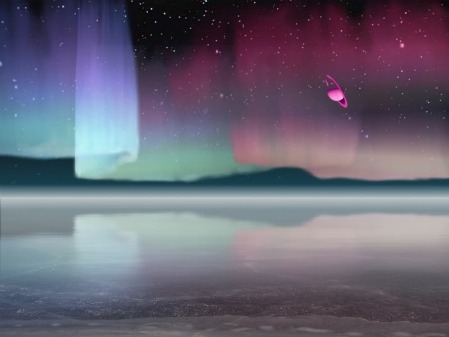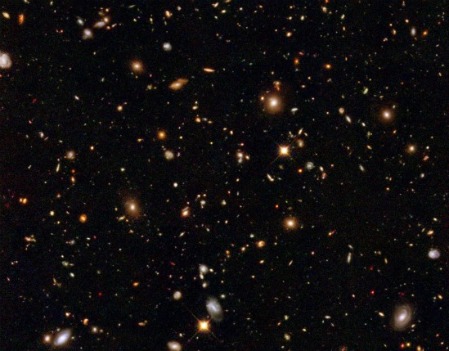The mystery may get a little less mysterious in this afternoon:
(BBC) — Prof Stefan Soldner-Rembold, from the University of Manchester, called the quality of the LHC’s results “exceptional”, adding: “Within one year we will probably know whether the Higgs particle exists, but it is likely not going to be a Christmas present.”
He told me: “The Higgs particle would, of course, be a great discovery, but it would be an even greater discovery if it didn’t exist where theory predicts it to be.”
The Higgs boson is a “fundamental” particle; one of the basic building blocks of the Universe. It is also the last missing piece in the leading theory of particle physics – known as the Standard Model – which describes how particles and forces interact.


